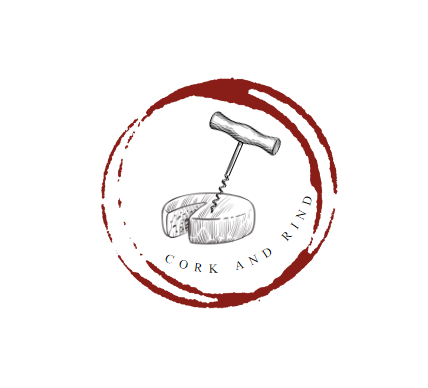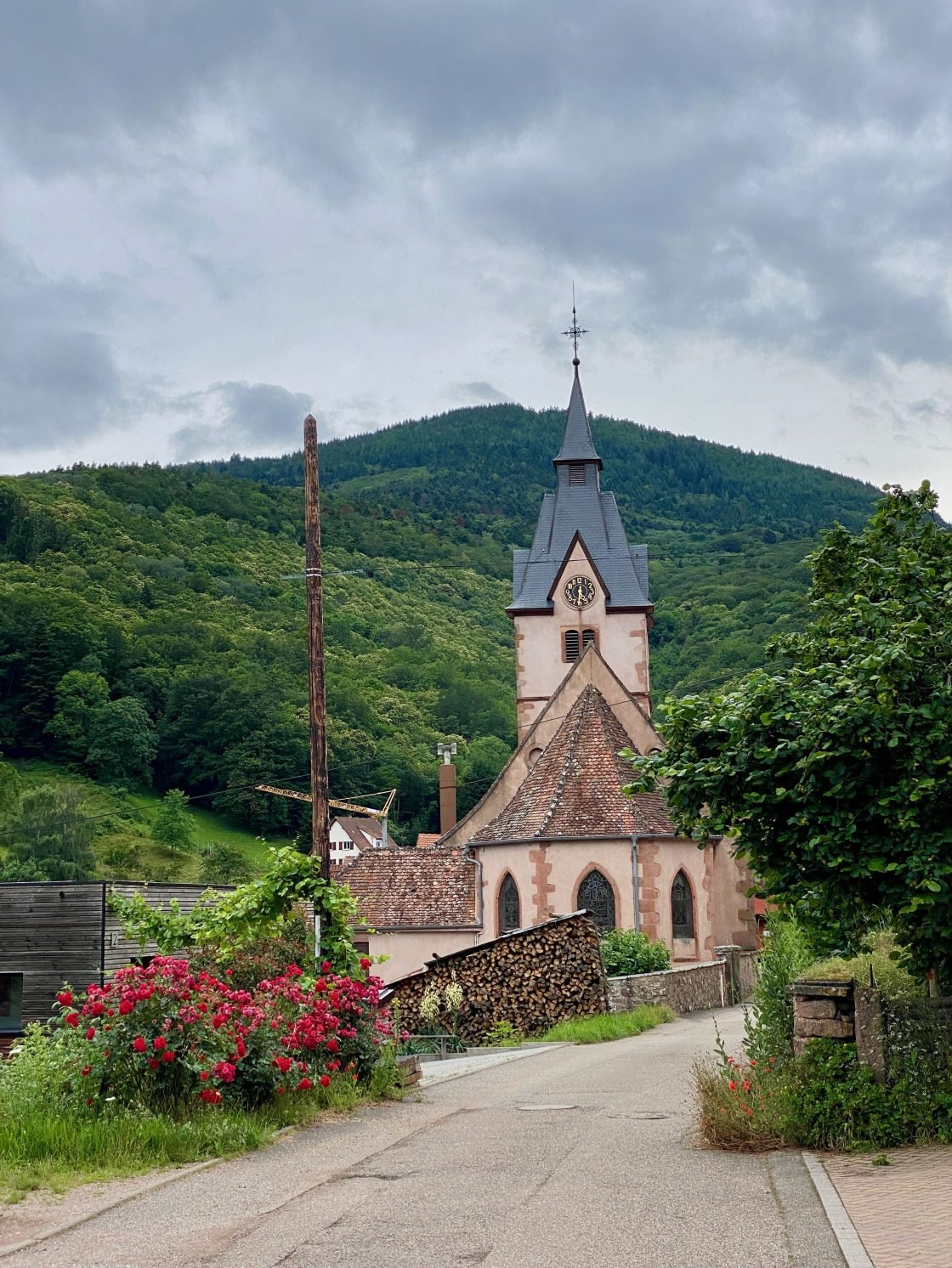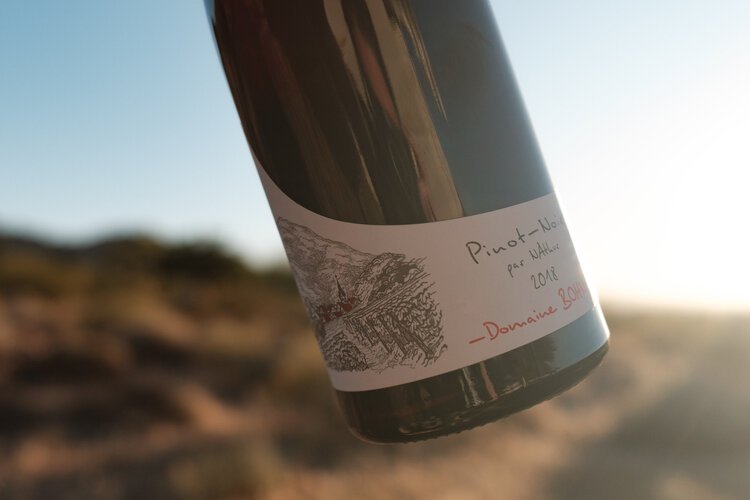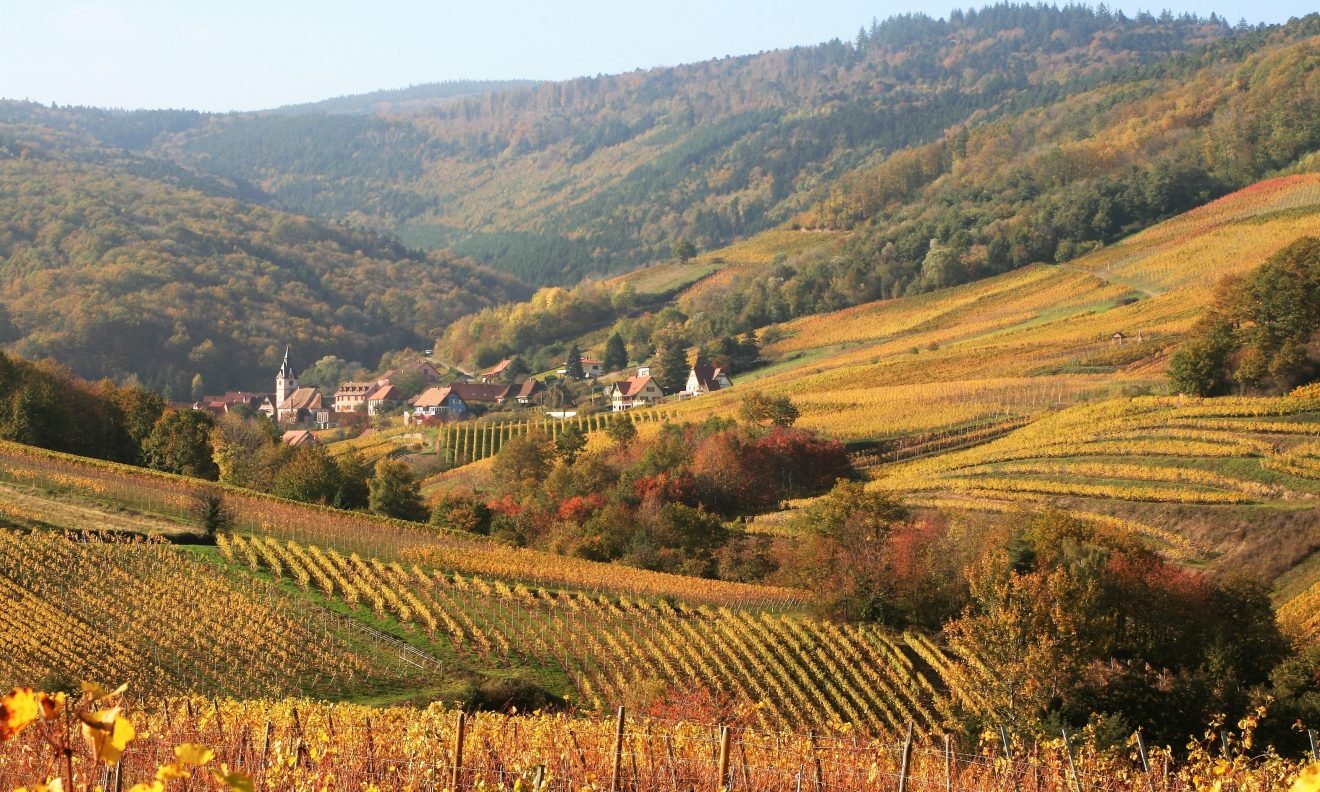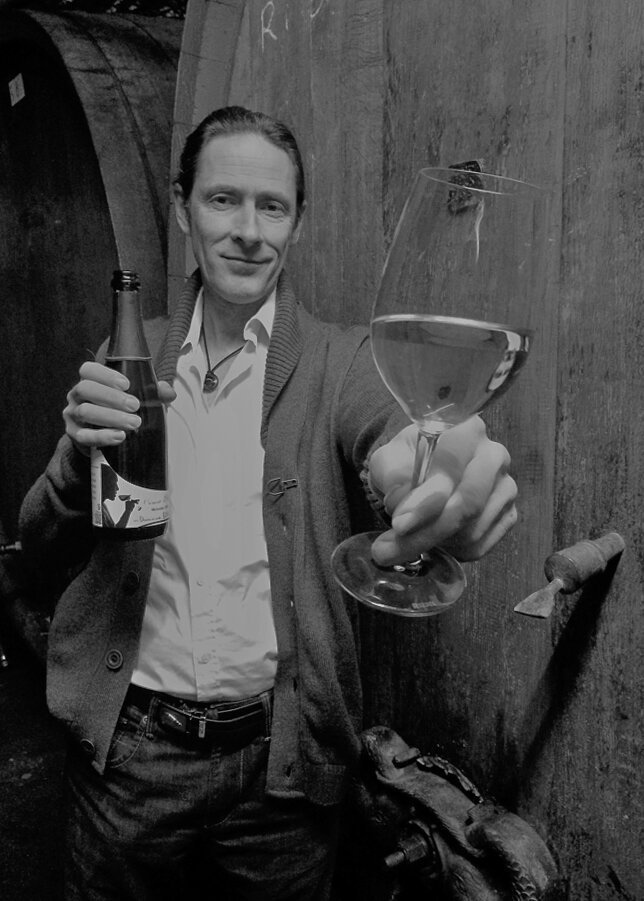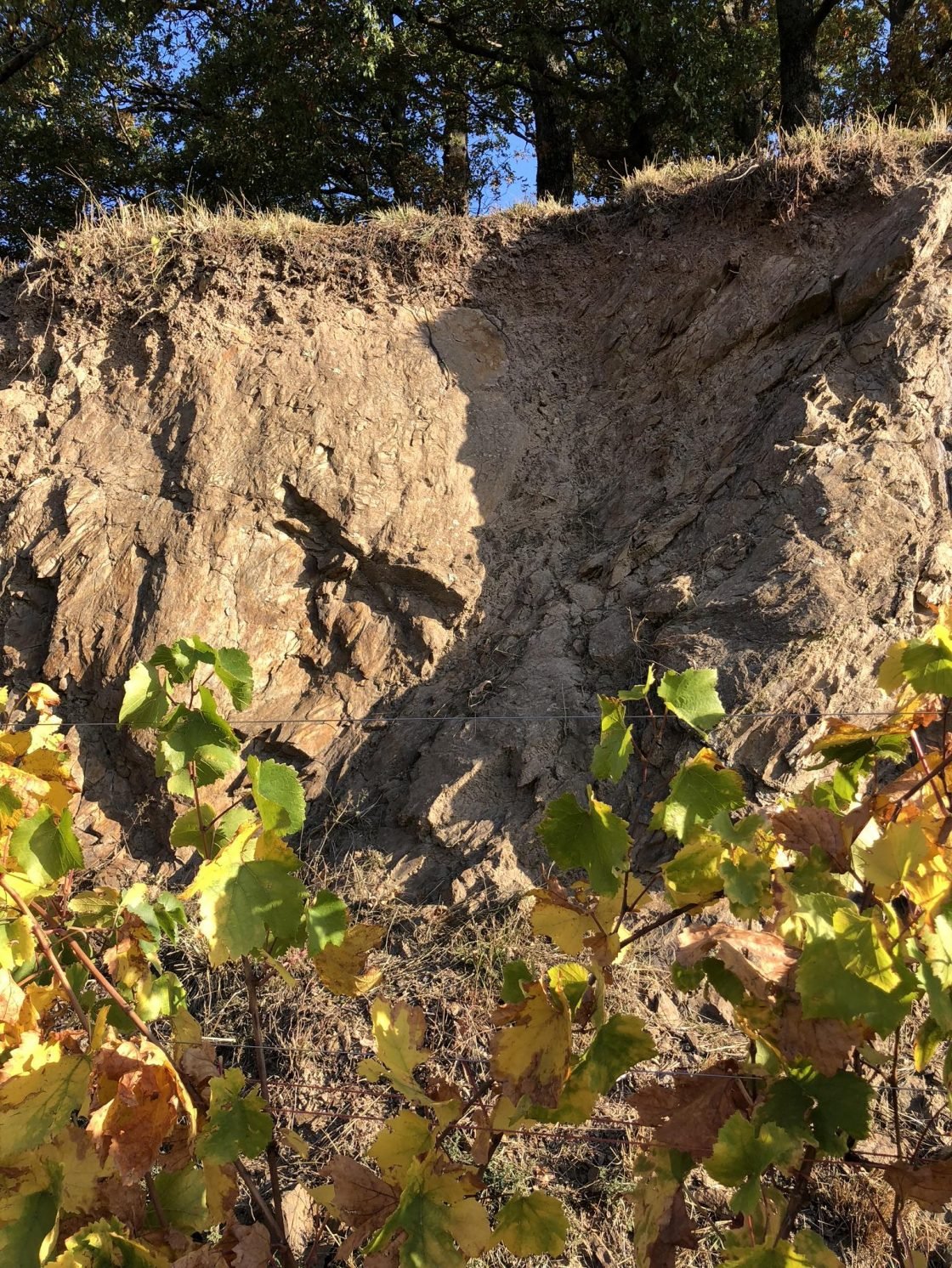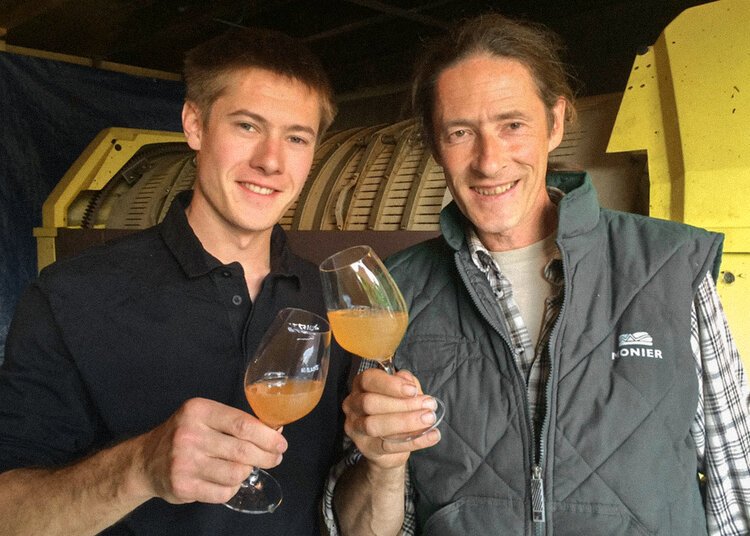esa has an ideal east-southeast exposure on a long slope at the base Mount Yerga, 550 meters/1,804 feet above sea level. Alvaro and his team farm this vineyard organically and there is no irrigation. Harvest—all done by hand with very strict grape selection in the vineyard—
PLÁCET DE VALTOMELLOSO PALACIOS REMONDO, RIOJA ORIENTAL, 2017
Palacios Remondo is aLVARO pALACIOS’ family estate, tucked in the far eastern corner of the Oriental district. For Alvaro, the story in this rugged, high-altitude scrubland is about Garnacha. But Plácet is pure Viura—and it is the only white wine Alvaro makes. (The wine’s name is a play off the word for “approval,” a nod to his father, who had an affinity for white wines). Red or white, by focusing on elevating the native varieties that are expressive of and authentic to this stunning side of Rioja, Alvaro is continuing to reshape the future of Spanish fine wine.
A natural, authentic, and honest wine made exclusively of Grenache Blanc without the addition of sulfur. It has a pale yellow hue with orange tones. The nose has aromas of orange peel and candied white fruit. It is broad and unctuous on the palette. An orange wine with a distinctive personality, ideal to be served with pan-foie gras, poultry, seafood, oily fish, and Roquefort cheese.
Castell d’Age 100% Garnatxa Blanca, Catalonia, Spain, 2019
Castell d’Age is the creation of 3 generations of women in the Junyent family, located in the Beguda Baixa, in the heart of the Alt Penedés region. Anne Marie is a pioneer in introducing organic farming in the region. The Bodega is certified organic - a method that respects the relationship between humans and earth. It is biodynamic at the strictest levels. This comes from young Grenache Blanc vines grown in Can Pujades on Clay soils. The grapes are harvested in the second half of September. It undergoes cold maceration on the skin for 5 days followed by spontaneous fermentation at controlled temperatures with indigenous yeast from Castell d'Age vineyards. Made without the addition of sulfur. No filtration or clarification. A natural, authentic, and honest wine. Limited production.
BAVA PIANOALTO NIZZA DOCG Monferrato Piemonte
The Bava Family has grown grape vines in Cocconato, a village that rises steeply up the hillsides of the Monferrato Astigiano territory in Piedmont, Italy, since 1600. In 1911 the family built their first wine cellar there. Since then, over a hundred vintages have gone by, with six generations following one another. The best Bava Barberas are renowned in the world thanks to their high quality. Now the family estate extends over 123 acres of vineyards & 50 acres of natural fields & woods, cultivated with the same awareness, care & attention of the olden times; a sustainable agriculture with a reduced environmental impact. tHIS IS 100% BARBERA GRAPE.
The Pianoalto estate in Crena hosts wonderful Barbera vineyards. BAVA’s oldest vineyard produces Pianoalto; and since 2014, a Barbera d’Asti Superiore boasts the appellation DOCG Nizza, which is the best area for this great red. Grapes are hand-picked and fermented in wooden vats. The must is tasted daily to ensure quality with punching down. Aged in custom-made wooden-vats for 18 months followed by a long aging in bottle before being released. A harmonic, rich & soft wine; the wooden ageing gives it balance & majesty – two elements that indicated a great longevity.
100% Malbec (cot)
The vines were planted in 1980. After a pre-dawn harvest, the wines are fermented in temperature-controlled stainless-steel tanks, with a maceration period of 20 days. The wines then age for two years in stainless steel tanks before bottling.Deep ruby color. Elegant notes of black cherry, cassis & raspberry with soft tannic elements & juicy acidity with a light, lingering, mineral-driven finish. Light-framed, fresh & elegant. From grapes grown in a privileged location with gravelly soils on the second terrace of the right bank of the Lot river. Organic
CHÂTEAU DU CAYROU Cahors Malbec 2015
